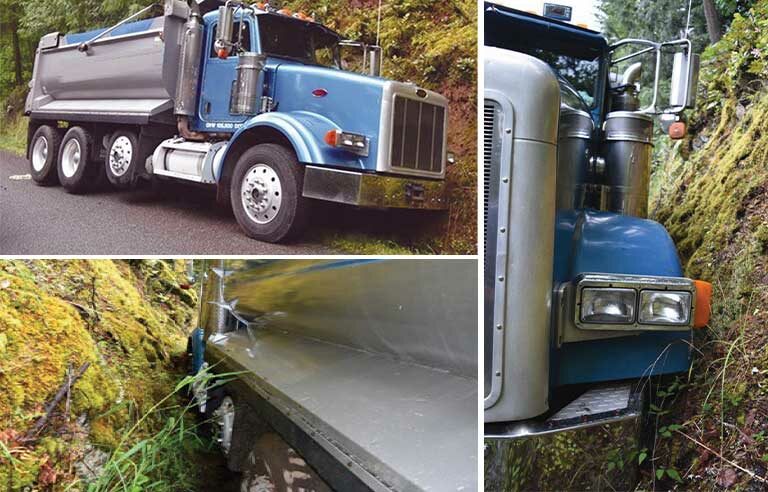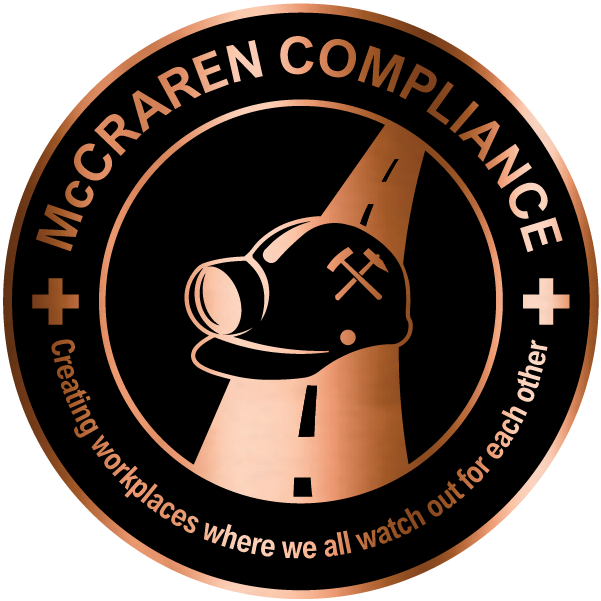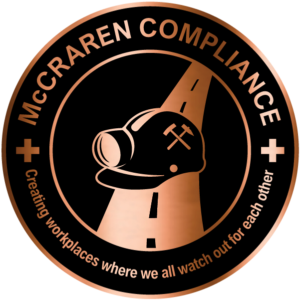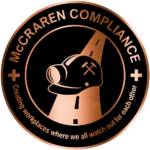
Photos: Washington State Department of Labor & Industries
Case report: #71-261-2024
Issued by: Washington State Fatality Assessment and Control Evaluation Program
Date of report: Dec. 9, 2024
A 76-year-old truck driver with 15 years of experience driving dump trucks with trailers was employed by an excavation contractor. On the day of the incident, he drove a truck to his employer’s property to drop off the attached trailer. The driver backed the truck into a parking spot at the top of a slight incline, set the trailer parking brake and exited the truck. When he unhooked the trailer, the truck started to roll downhill. He ran after it, stepped onto the driver’s side running board and attempted to get into the cab. The driver’s side of the truck rolled into a roadway drainage ditch and struck the hillside along the ditch. The driver was thrown into the narrow space between the truck and the hillside and was dragged 150 feet until the truck came to a stop. The employer’s son, who was working nearby, saw that the driver was pinned and called his father. They used an excavator to pull the truck off the driver and called 911 but found he was already dead when they tried to give first aid. Investigators found that the driver, who had parked the truck and trailer at the same site many times before, set the trailer brake but not the truck’s parking brake before exiting the cab. The employer’s incident prevention program included requirements for using parking brakes and wheel chocks at construction sites. Crew safety meetings and job hazard analyses also were required but were not documented.
To prevent similar occurrences, employers should:
- Install electronic parking brake systems that automatically apply the brake when the driver has not set it before exiting the cab. Alarms are also available that alert drivers when brakes are not set.
- Develop and enforce a standard operating procedure that requires drivers to:
- Put their foot on the service brake and place the transmission in neutral.
- Set the parking brake anytime they park, regardless of whether they exit the cab.
- Stop the engine, lock the ignition, and remove the key and place it in their pocket.
- Turn the truck’s front wheels to the curb or side of the road and chock at least one tractor drive wheel on each side if parked on any grade.
- Never pursue or try to stop a rollaway truck if outside the cab.
- Train all drivers, and periodically test their SOP knowledge and skills. Document training for each driver and keep records up to date.
McCraren Compliance offers many opportunities in safety training to help circumvent accidents. Please take a moment to visit our calendar of classes to see what we can do to help your safety measures from training to consulting.
Original article published by Safety+Health an NSC publication


